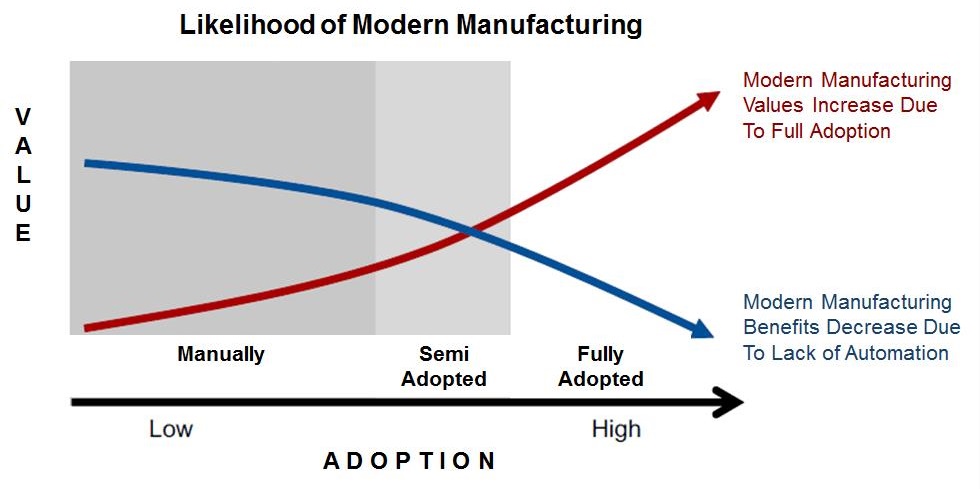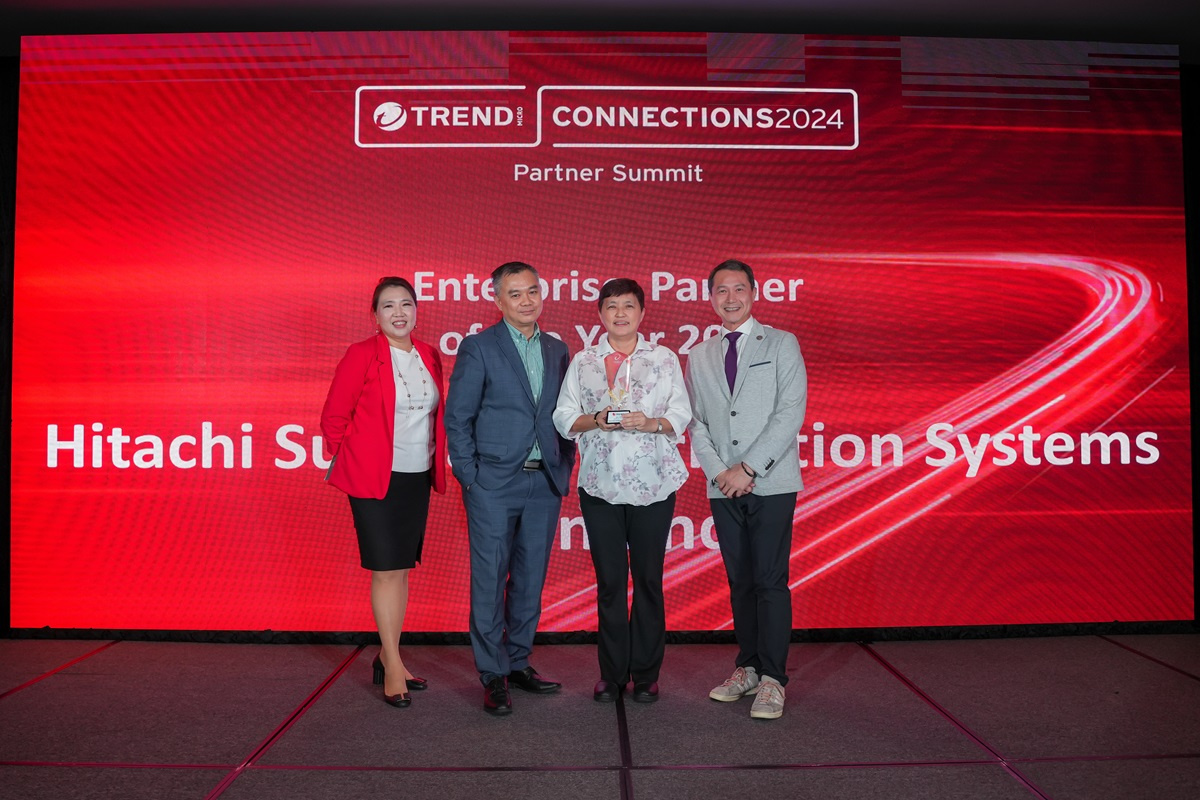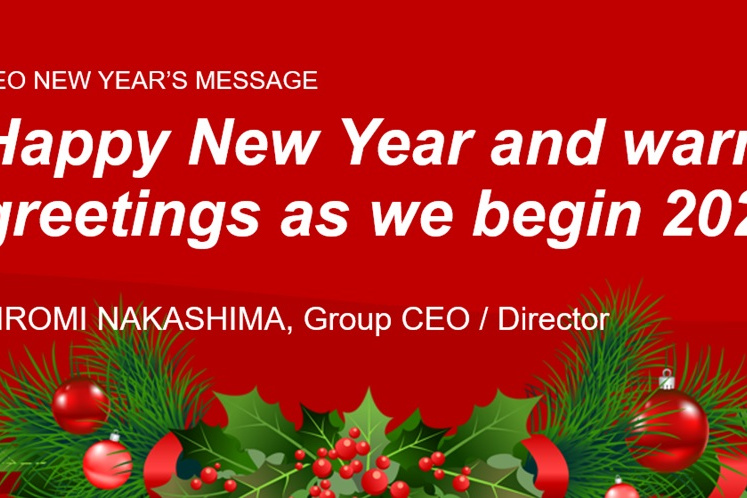Modern manufacturing could be described as a manufacturing environment, whereby the manufacturer has the ability to anticipate demand, by harvesting data from front-end systems. Data and analytics become crucial, as it drives automation in a factory - for example advanced production scheduling or APS, whereby the manufacturer can plan for output based on availability of workforce and machinery capacity.
Integrating all that information to automate product development (PLM), resource planning (ERP), manufacturing and business processes is crucial in helping manufacturers meet delivery deadlines efficiently, and in a timely and predictable fashion.
So, modern manufacturing NEEDS to take into account the entire product life cycle and use this as a strategic advantage to optimise their resources and fulfil customers’ needs accurately and cost-effectively.

Integration of Major Technologies
ERP and PLM were created to serve different and specific needs.
Some organisations, do integrate PLM with ERP, for the purpose of having a single database source, but a majority do not do this.
While ERP focuses on the business and planning processes for different business functions like sales, financial, inventory, logistics, distribution, human resources and production, PLM is focused upon product creation and product lifecycle processes, for example development, design, creation, reuse, collaboration, virtual prototyping, process flow and manufacturing simulation.
Simply put, PLM supports product development, engineering processes and workflows in distributed supply chains while ERP supports functions to get the product out to market by managing supply chains as efficiently as possible. That’s why ERP does not include computer-aided design (CAD) solutions, whereas PLM needs it to be able to develop new products.
These two distinct areas of solutions are different, and yet there may be some overlaps, for example product costing, project management, workflow and work instructions, as well as tracking and reporting.
There is also a popular school of thought that these two solutions each have critical roles to play and that they both can also align with each other to become more integrated and more interdependent as well.
One of the key things about PLM, is that the engineering data it produces could be repurposed throughout an organisation, to help optimise product design, shorten time-to-market and streamline downstream processes. This drastically transforms how products are developed.
Today, ERP systems consistently rely on product information provided by PLM systems, and PLM’s strengths in collaboration and accelerated innovation have emerged as strategic advantage and huge cost-savings for many manufacturers.
Modern Manufacturing Challenges
The current challenge in market, is that there aren’t enough vendors who fully grasp and understand both the business process and product development process. This results in poorly integrated PLM and ERP systems, or siloed, standalone systems which users are not able to fully leverage to their advantage.
Support from internal stakeholders in an organisation is also very important, especially when it comes to implementation of an ERP solution. This implementation requires the involvement of all business functions ie. sales, accounting and finance, warehouse, manufacturing and production etc.
It takes effort from everyone, to provide accurate solution requirements and feedback when adopting a new ERP solution. Without everyone fully onboard the new solution, there won’t be sufficient data keyed into the new system and it would not be possible to generate reporting and analysis that management requires.
As a result, there is no real understanding of actual scenarios in the company, and it would also be difficult for hired consultants to advise and map business processes that a new systems set-up requires.
Trends Ahead – Ramping up Adoption and Value
Some of the main manufacturing trends to look out for include additive manufacturing, nanotechnology and next shoring, among others.
Howver when it comes to IT trends that impact manufacturing, the ‘Internet of Things’ (IoT) and Social, Mobile, Analytics and Cloud (‘SMAC’), are the two tech trends to look out for.
The IoT generally means connectivity being embedded into more ‘things’ is believed to enable more automation of processes. For example, if a machine sends out data about when it would require maintenance, downtimes can be avoided, there would be less wastage and more visibility into what is going on at the shop floor.
SMAC technologies on the other hand, is popularly used in other industries to quickly get market feedback. Imagine if manufacturers were able to use social media, analytics, mobile and the cloud, to design a product that would really meet the needs of the market.
SMAC technologies used within manufacturing can also offer flexibility, convenience and ultimately work productivity. In fact, moving ahead, manufacturers who take on the ‘lean production’ approach will find SMAC especially relevant.
Trends and technologies like big data, cloud and mobility are enablers to improving and increasing PLM and ERP adoption. For example, they allow easy access to information for manufacturers to leverage on, in real-time and while on-the-go.
ERP and PLM are technologies are definitely aligning, but it is up to the early adopters in modern manufacturing that can dictate the direction that product and process innovation take in the areas of resource capacity, inventory and schedule production.



